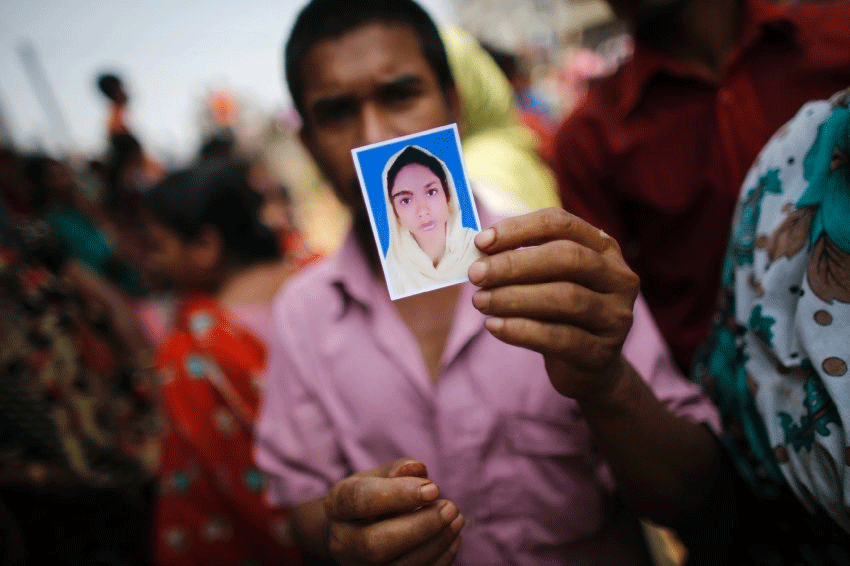One Year After Rana Plaza, Safety Issues in Walmart Supply Chain Persist
By Yana Kunichoff
In These Times
Excerpt:
Thirty-some protesters picketed outside of a Walmart Express on Chicago’s North Side yesterday, the one-year anniversary of the Rana Plaza collapse, stressing that the differences in Walmart’s treatment of its workers in the supply chain are only of severity.
David Fields, 44, was among the group of Chicago-area protestors. Fields says he was fired from his job this month—as a forklift driver at a warehouse that supplies Walmart, half an hour south of the city in Hammond, Ind.— because he spoke out about the need for an adequate fire alarm system in the building. And that safety concern was only the tip of the iceberg, said Fields, who had been working at the warehouse since September. “At some point we all started feeling like modern day slaves,” he said, describing his days working in sub-zero temperatures during the icy polar vortex that hit Chicagoland this past winter. “They didn’t care that people were getting frost-bitten.”
Fields’ complaints carry echoes of those commonly made by workers in supply-chain factories overseas, especially the pressure to always speed up production and continue working in severe climate conditions. Najneen Akter Nazma, a factory worker who survived the Rana disaster—though her husband was killed—said she and her husband had been told about a crack running across the floor near his workstation, but knew they couldn’t take a day off work because it would cost them their monthly salary. And for Fields, a slippery floor in the warehouse, wet after a day of rain—which for his supervisors is no excuse to slow down work—carries with it the constant fear of being injured by the heavy loads he used to work with.

